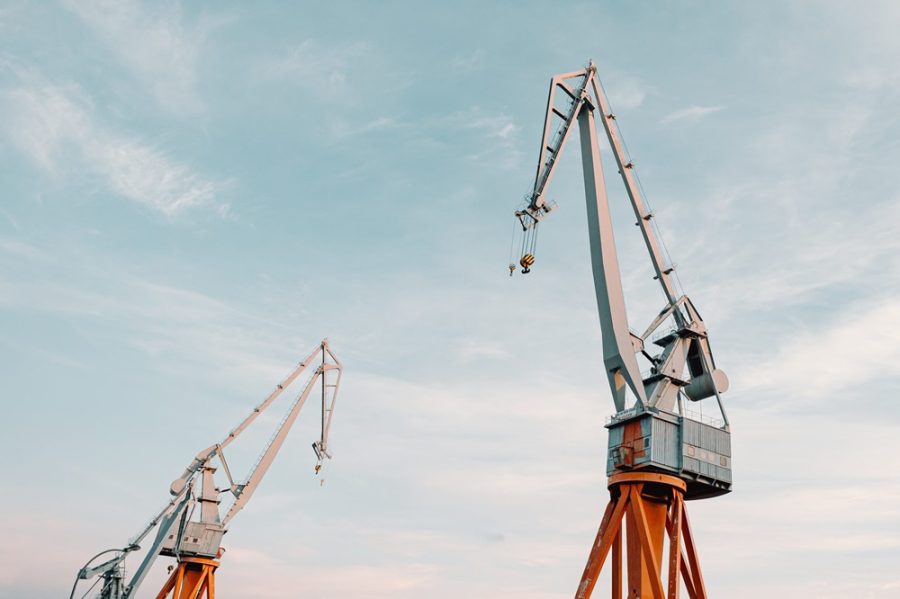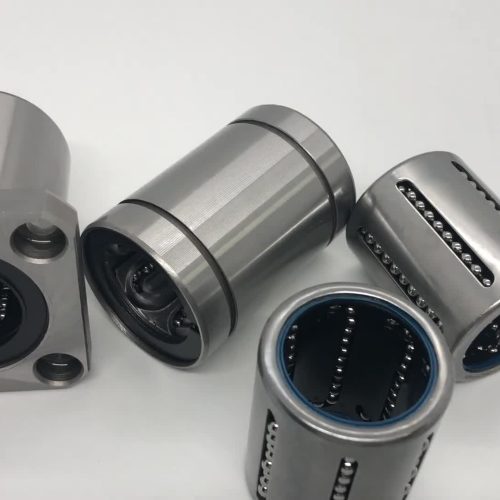The construction and manufacturing sectors are frequently featured on OSHA’s list of the most hazardous workplaces. This is because of the use of licensed-operated heavy machinery in some work settings. When working with cranes, even the most seasoned professionals might run into trouble.
Cranes transport enormous loads across construction sites, therefore they need to be in top working condition at all times. Otherwise, the following issues may arise for the operator.
In addition to the driver’s duties, regular inspections must be performed to guarantee the safe operation of the crane. Read on to learn more about the potential dangers and how crane inspection and preventative maintenance in St. Louis, MO, can help.
Potential Collapses
In fact, overfilling is a leading contributor to crane breakdowns. Some workers may consider an additional hundred pounds to be insignificant, despite the fact that just a small number of cranes and hooks are required to lift the same mass. The hook and crane line will wear out and break if this is done frequently.
When this occurs at work, the cargo tied to the tether falls into whatever is beneath it. It could land on the ground, but that doesn’t mean it won’t hurt or even kill somebody nearby.
Tipping Due to Overloading
Overloading a crane is risky since it could cause the structure to collapse. Too much cargo increases the crane’s weight, making it impossible to move over certain terrain. When traveling over exceptionally steep terrain, the vehicle’s weight may drag it down and cause it to fall.
Therefore, it is crucial that crane operators understand the capabilities and limitations of their equipment. Before making any moves, big or small, they need to take stock of the situation. They can then determine how stable the ground is.
Electrocution
Cranes can reach great heights, which could prevent them from colliding with obstacles on the ground. It’s possible that this ability has some negative side effects. The boom load could collide with anything, including an electrical cable, depending on the person’s vision and ability to focus. The motorist could be killed by an electric shock or other means in a split second.
According to OSHA, electrocution is one of the four leading causes of fatality on the job. There is no technical problem with the crane, but this highlights the importance of training employees thoroughly before putting the device into use. Shannahan Crane & Hoist may provide its clients with complimentary training for its staff.
How to Prevent Accidents From Happening
While it’s impossible to completely eliminate risk, there are many methods available. Learning how to operate a crane is a must for both crane operators and project managers. They act differently, and they are not the same. Cranes need regular checks to determine whether any of their components are worn out or if they need more power.
The finest crane safety precaution, on the other hand, is a crane evaluation. OSHA requires annual inspections of cranes to check their systems and functionality, establishing whether or not they are safe to operate.
While most crane inspectors will tell you if repairs are required, Shannahan Crane & Hoist may go over and above by completing the repairs. Their crew takes care of everything, from maintenance to the bare essentials. They have experience with many different types of cranes, so your problem will be solved quickly.
By offering direction and further training, crane safety may assist all operators in learning how to use their equipment more successfully, and it can also prevent catastrophic accidents and fatalities. When you call them, they’ll make sure you’re far more well-informed and educated on the topic.
Nobody hopes to have a workplace tragedy or fatality reported to OSHA. Therefore, it is imperative that you use the crane in the proper manner. Click here to get a free quote from Shannahan Crane & Hoist if you need a machine inspection or think your staff could need some more training.





